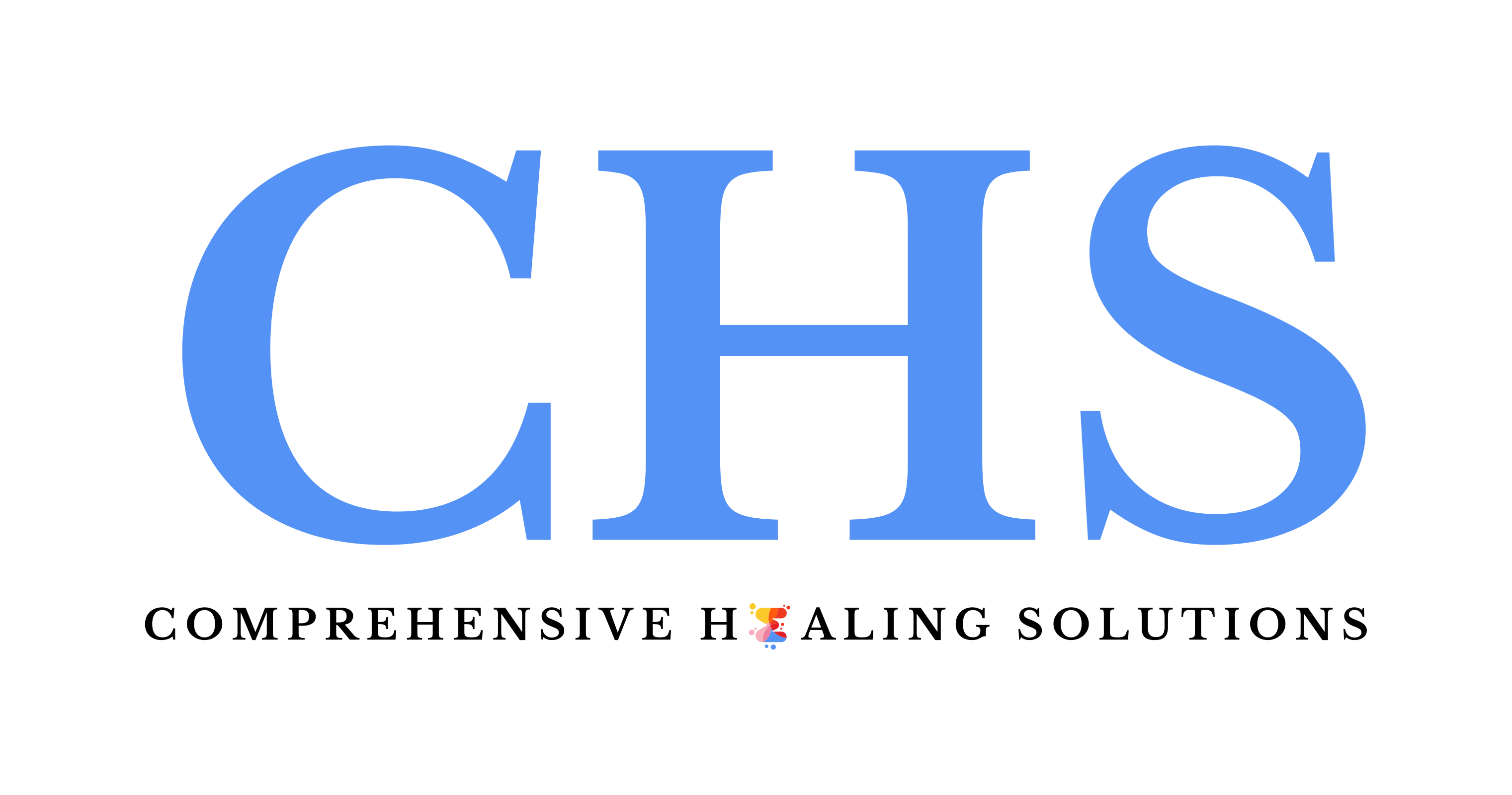
Reiki and Energy Healing in Integrative Wellness
Reiki and energy healing are holistic therapeutic practices that focus on balancing the body’s energy to promote physical, emotional, and spiritual well-being. As part of integrative wellness, these practices are designed to restore harmony within the body and enhance the body's natural ability to heal.
Reiki, a form of energy healing, has its roots in Japan and is based on the idea that life force energy (known as "Ki" in Japanese) flows through all living things. When this energy is blocked or imbalanced, it can lead to physical, emotional, or spiritual distress. Reiki practitioners use gentle hand movements to guide the flow of energy, aiming to clear blockages, restore balance, and promote overall well-being.
Energy healing encompasses a broader range of techniques, including chakra healing, crystal healing, and other methods that focus on the body’s energy fields. These practices are based on the belief that the human body is surrounded by energy fields, often referred to as the aura, and that disruptions in these fields can contribute to illness or emotional imbalances. By working to restore balance to these energy fields, practitioners aim to support the body’s natural healing processes.
Reiki and energy healing are considered complementary therapies, meaning they can be used alongside traditional medical treatments to enhance healing and promote well-being. These practices are often incorporated into integrative wellness programs, which focus on addressing the whole person—mind, body, and spirit—rather than just treating specific symptoms.
Table of contents [Show]
- 1 The Origins of Reiki
- 2 The Principles of Reiki
- 3 The Process of a Reiki Session
- 4 Chakras and Energy Healing
- 5 Reiki as Part of Integrative Wellness
- 6 Scientific Research and Reiki
- 7 The Benefits of Reiki and Energy Healing
- 8 Training and Certification in Reiki
- 9 Conclusion: The Power of Reiki and Energy Healing
The Origins of Reiki
Reiki was developed by Mikao Usui in Japan in the early 20th century. Usui was a spiritual seeker who spent years studying various healing practices and ancient texts in search of a method that could be used to promote healing and well-being. After a period of deep meditation and fasting on Mount Kurama, Usui experienced what he described as a profound spiritual awakening, during which he gained the knowledge and ability to channel healing energy. He named this practice "Reiki," which translates to "universal life force energy."
Usui began teaching Reiki to others, and over time, the practice spread throughout Japan and eventually to the West. Today, Reiki is practiced worldwide and is commonly used in hospitals, wellness centers, and private practices as a complementary therapy for physical and emotional healing.
The Principles of Reiki
Reiki is based on the belief that life force energy flows through all living things. When this energy is strong and free-flowing, individuals experience good health and a sense of well-being. However, when this energy becomes blocked or stagnant, it can lead to physical illness, emotional distress, or spiritual imbalance.
Reiki practitioners believe that by channeling this universal life force energy, they can help remove blockages, restore balance, and promote healing. The process is non-invasive, with practitioners using their hands to gently guide energy through the body. During a session, the practitioner may place their hands lightly on or just above the body, depending on the client’s comfort level.
There are five key principles in Reiki that serve as a foundation for both the practitioner and the recipient:
- Just for today, do not worry.
- Just for today, do not be angry.
- Honor your parents, teachers, and elders.
- Earn your living honestly.
- Show gratitude for every living thing.
These principles reflect the spiritual and ethical dimensions of Reiki and encourage individuals to live with mindfulness, gratitude, and compassion.
The Process of a Reiki Session
A typical Reiki session lasts between 45 and 90 minutes and takes place in a quiet, relaxing environment. The recipient lies down fully clothed, often on a massage table, while the practitioner begins the session by setting an intention for healing and balance. Soft music or nature sounds may be played to create a calming atmosphere.
The Reiki practitioner uses a series of hand positions, either lightly touching or hovering just above the body, to channel energy to specific areas. These hand positions often correspond to the body’s chakras, which are energy centers believed to regulate different aspects of physical and emotional health.
The recipient may feel sensations such as warmth, tingling, or a sense of deep relaxation as the energy flows through the body. Some individuals experience emotional releases or insights during a Reiki session, while others simply feel more at peace.
Chakras and Energy Healing
Reiki and other forms of energy healing often focus on the body’s chakras, which are believed to be the main energy centers. There are seven primary chakras, each associated with specific aspects of physical, emotional, and spiritual health:
- Root Chakra (Muladhara): Located at the base of the spine, the root chakra is associated with survival, security, and stability. When balanced, it promotes a sense of grounding and safety.
- Sacral Chakra (Svadhisthana): Located in the lower abdomen, the sacral chakra governs emotions, creativity, and sexuality. A balanced sacral chakra promotes emotional expression and creative flow.
- Solar Plexus Chakra (Manipura): Located in the upper abdomen, the solar plexus chakra is linked to personal power, confidence, and self-esteem. A balanced solar plexus chakra fosters empowerment and self-worth.
- Heart Chakra (Anahata): Located at the center of the chest, the heart chakra is associated with love, compassion, and forgiveness. A balanced heart chakra promotes harmonious relationships and emotional healing.
- Throat Chakra (Vishuddha): Located at the throat, the throat chakra governs communication, self-expression, and truth. A balanced throat chakra enables clear communication and authentic self-expression.
- Third Eye Chakra (Ajna): Located between the eyebrows, the third eye chakra is linked to intuition, insight, and inner wisdom. A balanced third eye chakra enhances clarity and spiritual insight.
- Crown Chakra (Sahasrara): Located at the top of the head, the crown chakra is associated with spiritual connection and enlightenment. A balanced crown chakra fosters a sense of unity with the universe and higher consciousness.
Energy healing techniques, including Reiki, aim to clear blockages and restore balance to these chakras, promoting holistic well-being.
Reiki as Part of Integrative Wellness
In recent years, Reiki has become increasingly popular as part of integrative wellness programs. Integrative wellness focuses on treating the whole person—mind, body, and spirit—by combining conventional medical treatments with complementary therapies such as Reiki, acupuncture, meditation, and yoga.
Many hospitals and wellness centers now offer Reiki as a complementary therapy for patients undergoing treatment for chronic illness, cancer, surgery, or mental health issues. Reiki is particularly valued for its ability to promote relaxation, reduce stress, and support the body’s natural healing processes.
Scientific Research and Reiki
While Reiki is often viewed as a spiritual or energetic practice, there has been growing interest in studying its effects from a scientific perspective. Several studies have explored the potential benefits of Reiki for reducing stress, anxiety, and pain, as well as improving overall well-being.
One study published in the Journal of Evidence-Based Complementary & Alternative Medicine found that participants who received Reiki experienced significant reductions in pain and anxiety compared to those who received a placebo treatment. Other studies have reported similar findings, suggesting that Reiki may help promote relaxation, reduce stress, and enhance the body’s ability to heal.
While more research is needed to fully understand the mechanisms behind Reiki, its growing use in clinical settings speaks to its potential as a valuable complementary therapy for a wide range of physical and emotional conditions.
The Benefits of Reiki and Energy Healing
Reiki and other forms of energy healing offer a wide range of benefits, both for physical health and emotional well-being. Some of the key benefits include:
1. Stress Reduction and Relaxation
One of the most commonly reported benefits of Reiki is its ability to induce deep relaxation and reduce stress. In today’s fast-paced world, stress can take a toll on both physical and mental health. Reiki provides a calming, restorative experience that allows individuals to release tension, relax the nervous system, and recharge their energy.
2. Emotional Healing
Reiki and energy healing can help individuals process unresolved emotions, release emotional blockages, and achieve a greater sense of inner peace. For individuals dealing with grief, trauma, or emotional distress, Reiki provides a safe and gentle way to explore and heal emotional wounds.
3. Physical Healing and Pain Relief
While Reiki is not intended to replace medical treatment, many individuals report physical healing and pain relief following Reiki sessions. By promoting relaxation and reducing stress, Reiki can help the body’s natural healing processes function more effectively. It is often used as a complementary therapy for individuals dealing with chronic pain, injuries, or recovery from surgery.
4. Improved Sleep
Many individuals who receive Reiki report improvements in their sleep patterns. By calming the mind and reducing stress, Reiki can help individuals achieve a deeper and more restful sleep. This, in turn, supports overall health and well-being.
5. Enhanced Spiritual Growth
For those seeking spiritual growth, Reiki provides a pathway to deeper connection with the self and the universe. By balancing the body’s energy and opening the chakras, Reiki can enhance intuition, foster spiritual insight, and promote a sense of unity with the world around us.
Training and Certification in Reiki
For individuals interested in becoming Reiki practitioners, there are several levels of training and certification available. Reiki training is typically divided into three levels:
- Level 1 (Reiki I): In this introductory level, students learn the basics of Reiki, including the history of the practice, hand positions, and how to perform self-healing and healing on others. Students also receive their first attunement, which opens their ability to channel Reiki energy.
- Level 2 (Reiki II): At this level, students learn to work with Reiki symbols, which enhance the healing process. They also learn how to perform distance healing, allowing them to send Reiki energy to individuals who are not physically present.
- Level 3 (Reiki Master): This is the highest level of Reiki training, where students learn advanced healing techniques and receive the final attunement to become Reiki Masters. Reiki Masters are qualified to teach and attune others to Reiki.
Reiki training is widely available through certified Reiki practitioners, and many individuals find that learning Reiki deepens their personal healing journey.
Conclusion: The Power of Reiki and Energy Healing
Reiki and energy healing are powerful tools for promoting holistic wellness and restoring balance to the body’s energy systems. Whether used to reduce stress, support physical healing, or enhance spiritual growth, these practices offer a gentle and non-invasive way to promote overall well-being.
As part of an integrative approach to health, Reiki and energy healing can complement traditional medical treatments, helping individuals achieve greater balance and harmony in their lives. Through the hands-on techniques of Reiki, individuals can experience profound relaxation, emotional release, and a renewed sense of inner peace.
In a world where stress and imbalance are all too common, Reiki and energy healing offer a pathway to healing, connection, and transformation. By tapping into the body’s natural energy, these practices empower individuals to take charge of their well-being and live healthier, more fulfilling lives.



